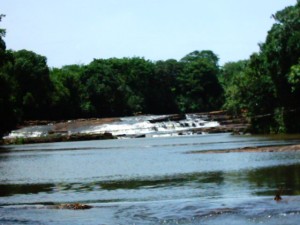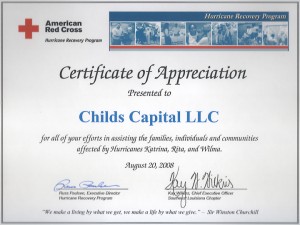Today is the first anniversary of the worst natural disaster ever to strike Serbia: on May 13, 2014, Cyclone Tamara struck southeastern Europe, delivering three months’ of rainfall within several days. The continuous heavy rainfall caused severe flooding in Serbia and neighboring Bosnia and Herzegovina and Croatia. The high-level political commitment to disaster recovery carried over into regional initiatives. As Serbia prepared to accept the chairmanship of of the Organization of Security and Cooperation in Europe in 2015, it pledged to continue the emphasis the previous chair, Switzerland, had placed on disaster risk reduction. In connection with advising on that transition, I developed a policy paper for the United Nations Office for Disaster Risk Reduction on the OSCE’s policies and programs on disaster risk reduction. I also have a personal connection to the Serbia floods as well, the very talented web developer Djurica Bogosavljev who is doing graphic design work for one of Prisere’s most important projects. He has kindly contributed this blog to share the experience from Serbia:
On May 13, 2014, Cyclone Tamara spread across a large geographical area in Central and South-Eastern Europe. The storm mass reached a density of up to 100 kilometers through the entire troposphere. The warm air from the south and the east created extreme humidity and near 100 per cent saturation of air mass. Conditions in the Balkan Peninsula were particularly conducive to this low-pressure storm. The cyclones centered over Serbia and Bosnia and Herzegovina where, over the course of two days, between the 13th and 15th of May, Serbia received the highest recorded rainfall since data collection began 120 years ago. On May 16, 2014, the cyclones began to weaken.
Town Obrenovac was hardest hit, flooding 90 per cent of the village. The next hardest hit site was the Nikola Tesla thermal power plant, the largest power plant in Serbia, that provides nearly 50 per cent electricity to the country. Fortunately, careful management kept the power plant safe and online. Kostolac, which provides 11 per cent of Serbia’s electricity, was threatened by the overflow of the River Mlave. Sand bag fortifications were broken, but the water did not break through the last line of defense.
The flood wave on the River Sava near the town of Sabac reached a height of of 6.6 meters, the highest level of the river in the city since recordkeeping began. By the 16th of May, 7,618 people were evacuated, 20 people were injured and three people had died. In total, over 24,000 people in Serbia were evacuated as a result of several days of heavy rains. Serbian Prime Minister Aleksandar Vucic described the flooding as “the worst natural disaster that has ever befallen Serbia”. The damage to the country caused by the floods exceeded 1.7 billion Euros. Water damaged all public facilities. Physical damage to the private sector exceeded that of the public sector by 500 million Euros, including the destruction of 3,500 cars and 7,000 houses. The agricultural sector was impacted, as 1,000 hectares of arable land with crops that had already been sown were completely flooded.
After the disaster, a number of dignitaries visited Obrenovac to assess the damage and begin the process of relief, including local representatives of the European Union, other non-EU countries, the United States, Russia, and representatives of international businesses. The European Union was the largest direct donor to the relief effort, followed by generous contributions from Serbian athletes, principally the foundations of Dejan Stankovic, Ana and Vlade Divac, Novak Djokovic. Immediately after winning his tournament in Rome, Novak Djokovic donated his prize winnings of more than 500,000 Euros donated to help flood victims. He also called upon the international media to continue news coverage of the Balkan floods to ensure that the victims received attention and support.






